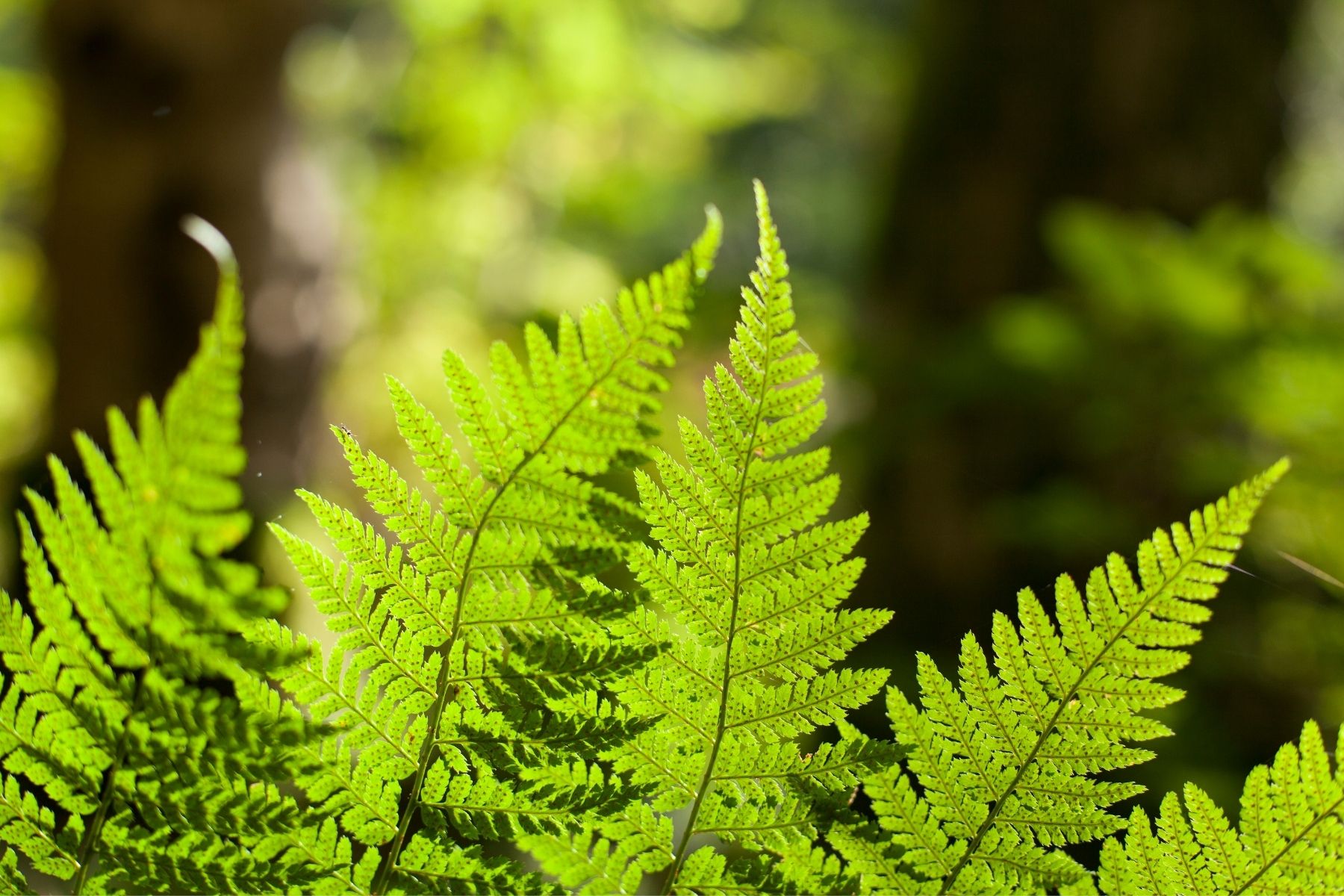Last Updated on April 16, 2024 by Real Men Sow
Ferns can be grown easily and require very little maintenance due to their unique foliage and textures. Some species are evergreen and provide year-round interest. Others die in autumn and give way to new shoots, called croziers.
Woodland Fern As The Main Type
The best way to grow ferns is in shade and the majority of ferns are part of the Dryopteris genus which are also known as woodland ferns. Each shoot produces what appears to be a large, evergreen shuttlecock. These leaves are divided into pairs of leaflets in opposite order, which can be repeated again and again. The individuality of these woodland plants is created by the overall shape of each frond, and the arrangement of individual divisions.
Colour Variation Of Woodland Ferns
Some woodland ferns have amber, brown, or black scales that cover the unfurling leaves. Others’ fronds turn to attractive autumn colors at the end. Some form compact specimens that contrast with the spread of hostas or bergenia’s foliage, while others grow into attractive colonies around mature trees. Although they prefer shade and moist soil, many woodland ferns can tolerate both sun and drought once established.
Growing Fern Types
Ferns can be grown in many different ways. Some ferns prefer to grow in shade while others thrive in sunlight. Nearly all ferns thrive in moist, well-drained soil. However, some can grow in dry shade.
Twelve Types Of Ferns To Grow
Adiantum venustum
This is an evergreen Himalayan Maidenhair Fern, it does well in shade or dappled shade. The plant is delicate with its light green fronds that darken with age. It can grow from 22-38cm, and that means you’ll have to protect it from the wind.
Asplenium scolopendrium
This variety often grows in the wild but would still grow well in the garden. It’s evergreen and it would only need little care. A simple tidying in spring would do, and they would grow from 45-60cm.
Asplenium scolopendrium Crispum Group
The Crispum Group has an eye-catching evergreen with distinctive wavy edges that becomes more distinct as it matures. The plant would grow from 30-60cm.
Athyrium niponicum
This fern is flushed with silver and burgundy, it can grow from up to 30-38cm and it’s more prostrate than upright. The plant likes moisture and has several pretty cultivars.
Dryopteris erythrosora
This plant is known as the autumn fern, with its red new growth in Spring that turns bronze then green. It’s evergreen and would only require a little cleaning in early spring. This fern can grow up to 60cm.
Dryopteris wallichiana
This plant unfurls and produces striking fronds up to 90cm high in spring. The plant looks more pleasing in a group, so, if you have the space, give it a try.
Matteuccia struthiopteris
This fern is not a British native but has become naturalized in some parts of Britain. It’s also known as the shuttlecock fern or the Ostrich Fern because it sends up bright green ‘shuttlecocks’ in early spring. The plant would then develop into a handsome plant, it would grow perfectly in moist soil. The Shuttlecock Fern can grow up to 1-1.5m.
Onychium japonicum
This is the delicate fern also known as the carrot fern because the foliage looks like the top of a carrot. It isn’t fully hardy in the Uk, but it would come through the winter in an unheated greenhouse. The plant can grow up to 10-45cm.
Osmunda regalis
This fern is also known as the royal fern, with its deciduous fern that looks stately, and can reach up to 1.5m. The foliage turns bronze in autumn, and would grow best in a damp spot.
Polystichum polyblepharum
This is the easy-to-grow evergreen, also called the Japanese tassel fern. There are golden hairs that cover the tip of the fronds, making it also known as the golden tassel fern. The plant grows up to 45-60cm.
Dryopteris filix-mas
This plant forms clumps of deciduous and pointed frogs that can thrive in various situations. It’s one of the most hardy ferns that can grow up to 90cm.
Dryopteris affinis ‘Cristata’
This plant is semi-evergreen, its foliage is deep green and upright with a crest at the tip of each leaf. It can grow up to 1.2m and spread the same.

